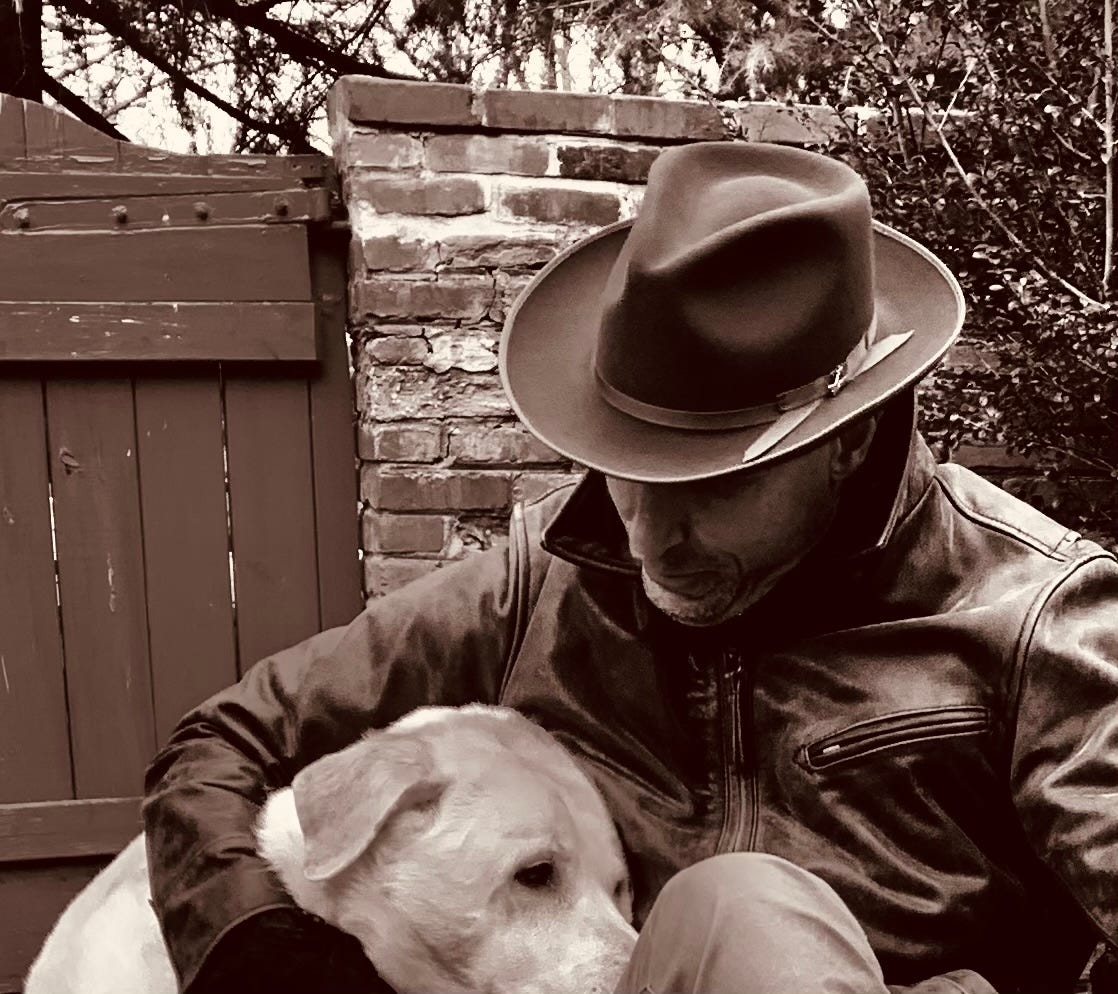
With all the worker strikes afoot— some resolved and some hopelessly unresolved— it is refreshing to hear about an employer who put his employees first from the very beginning—the beginning being somewhere in the late 19th century for the company being profiled in this story, the great hat purveyor, Stetson. Still, to all the rising business owners of today, take note.
John B. Stetson, maker of the iconic 10-gallon hat that he called “the Boss of the Plains”, was the son of a hat maker. A northeast Yankee and a true city boy by any measure, Stetson gets the credit, more or less, for inventing the dearest emblem of the American West, the cowboy hat.
Born in Orange, New Jersey in 1830, Stetson wanted to see his father’s legacy expand, which he did in spades with the peculiar-yet- wildly popular cowboy hat, and, eventually, with the more standard selection of elegant head ware, namely the Stetson Stratoliner Fedoras that would be the uniform of modern business executives around the world (think Madmen’s Don Draper) long after Stetson was gone.
In 1865, in his mid-thirties, Stetson set up his first hat repair shop in Philadelphia. More an east coast industrialist than Texan, as many might think, Stetson was, first and foremost, an impeccable hatter, who respected the trade that was his father’s and left school early to learn hat making skills. He stumbled upon the cowboy hat on a trip he made for health reasons to Colorado as young man. He admired the hat’s functionality for the men who worked outdoors as wranglers and ranchers, thus, dubbing this cowboy hat, “the Boss of the Plains”.
It is no wonder that Stetson’s hat business in Philadelphia became the nation’s largest and best known hat manufacturing company in the country by the turn of the century. Stetson was a keen businessman, and, importantly, a generous, if progressive, employer. Stetson took care of his workers. Granted, he didn’t encourage unions, his intentions nonetheless were aimed at giving his employees enough security —and ample Christmas bonuses — to keep them devoted to the hat company while looking the other way as labor unions were springing up everywhere in the early 1900s.
Stetson died in 1906 just as the company was expanding admirably. By 1915, his son, G. Henry Stetson would be running a company of 5,400 employees who were producing 3.3 million hats, while filling orders to outfit the militaries of foreign countries — albeit American allies — including Canada and Great Britain.
Meanwhile, this Stetson article is really about how important Stetsons are to so many people in a very personal way. Even the Stetson retail website devotes a section to Stetson “Stories,” including mention of many of Stetson’s more famous fans, like Georgia O’Keefe and, as we speak, NBA stars Myles Turner of the Indiana Pacers and the Denver Nuggets’ Bruce Brown Jr.
STETSON, POPULAR CULTURE & THE STORY OF COWBOY JOE
Ninety years after the opening of the John B. Stetson Company, a boy was born in Cairo, Egypt. Within four years, the child, named Yehya, would be living in a brick rambler in Bethesda, Maryland. In no time, his Arabic was replaced by the exclamations of an American toddler. (Yippee! Yeehaw!). He went by the name of “Cowboy Joe.”
When school started in the Washington, D.C. suburb, his pre-school teacher asked his family for a more ‘common’ name than Yehya (pronounced YAH-yuh), so as to spare the child unimaginable anguish at the hands of his mindlessly cruel and impudent classmates. Happily, he became Joe.
A future cinephile, an American music lover, and something of a television savant, Joe held American Western heroes to a high standard — think Rowdy Yates and Lucas McCain. It was their way of life, their capacity for few words, the fearlessness, the suffering — and their inimitable style that he admired and, in life, would emulate to various degrees. The American roots music, the motorcycles, the Ford F150, even the banjo he could never master — all were extensions of his love for the frontiersmen, and, perhaps, a show of thanks for giving him his unfussy name.
But for all of that, he never had a proper cowboy hat until he decided for his birthday to give himself a Stetson hat. It was then in early December 2020, in a year that offered little in the way of good news and auspicious events, that an ample black and white box arrived from Garland, Texas. In it was the Stetson Stratoliner Fedora in walnut, size 6 7/8”. Cowboy Joe was 65.
The Stetson name, and certainly the Stetson look, is enduring. So, on a final note to remind everyone just how much a Stetson means to people like Joe, and to so many others, we leave you with a few songs — some of Joe’s favorites— that bear witness to the righteous status of a person’s beloved Stetson among his (and her) worldly possessions.
Lyle Lovett’s Don’t Touch My Hat tells us that as much as his heart might be broken, he’d prefer to keep his hat, and let go of the girl. “My John B. Stetson/was my only friend/and we’ve stuck together/through many a woman.”
Colter Wall’s Thirteen Silver Dollars —destined to be a classic — isn’t just a lesson in life’s priorities, it’s also an homage to what Wall’s Reddit fans believe is the Stetson Revenger. Cold, stranded and apparently penniless to his arresting officer, the singer is steadfast nonetheless: “Well, I got my health, my John B. Stetson/got a bottle full of Baby’s Blue Bird wine/And I left my stash somewhere down in Preston/along with 13 silver dollars and my mind.”
# # # #



